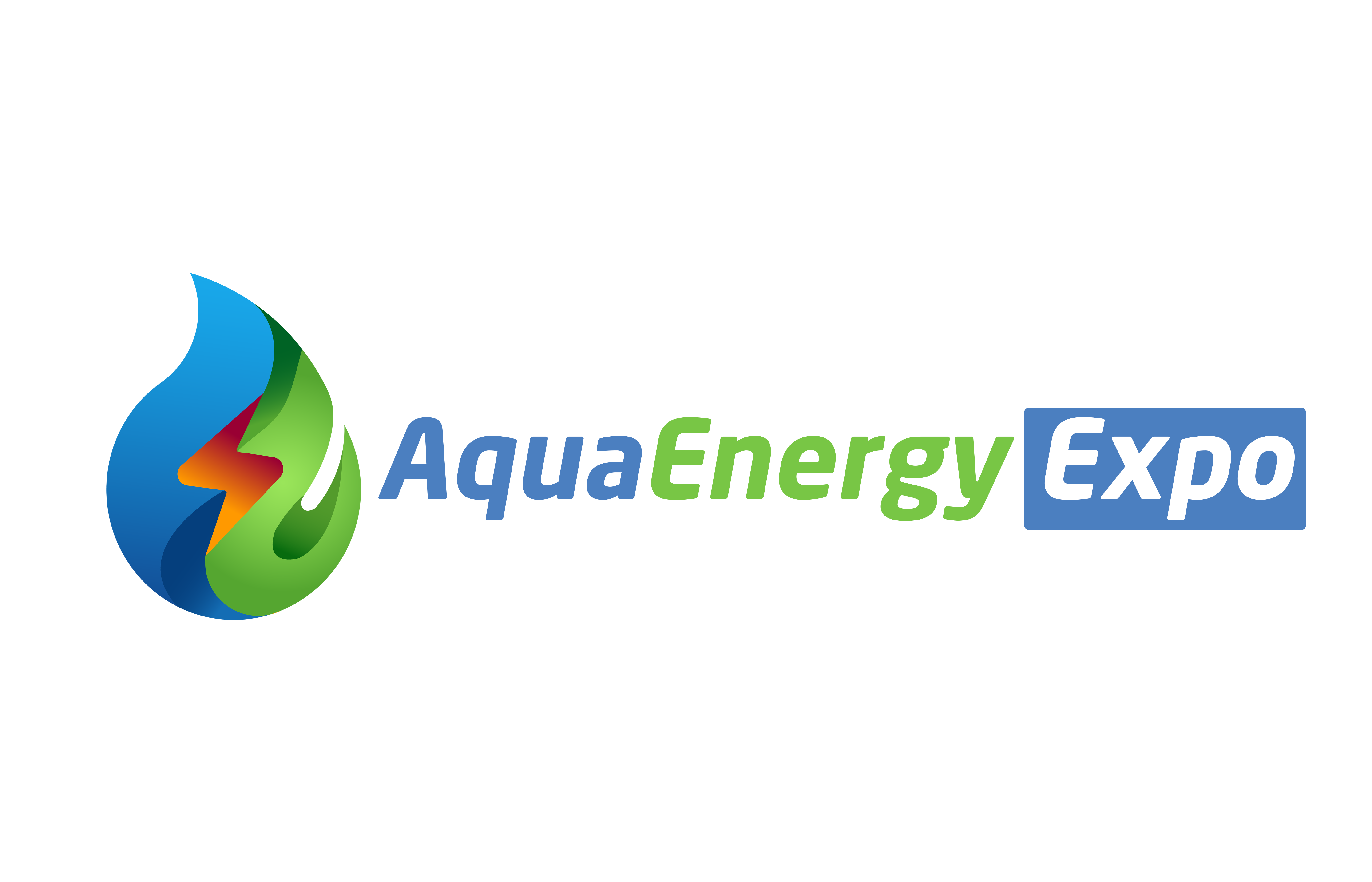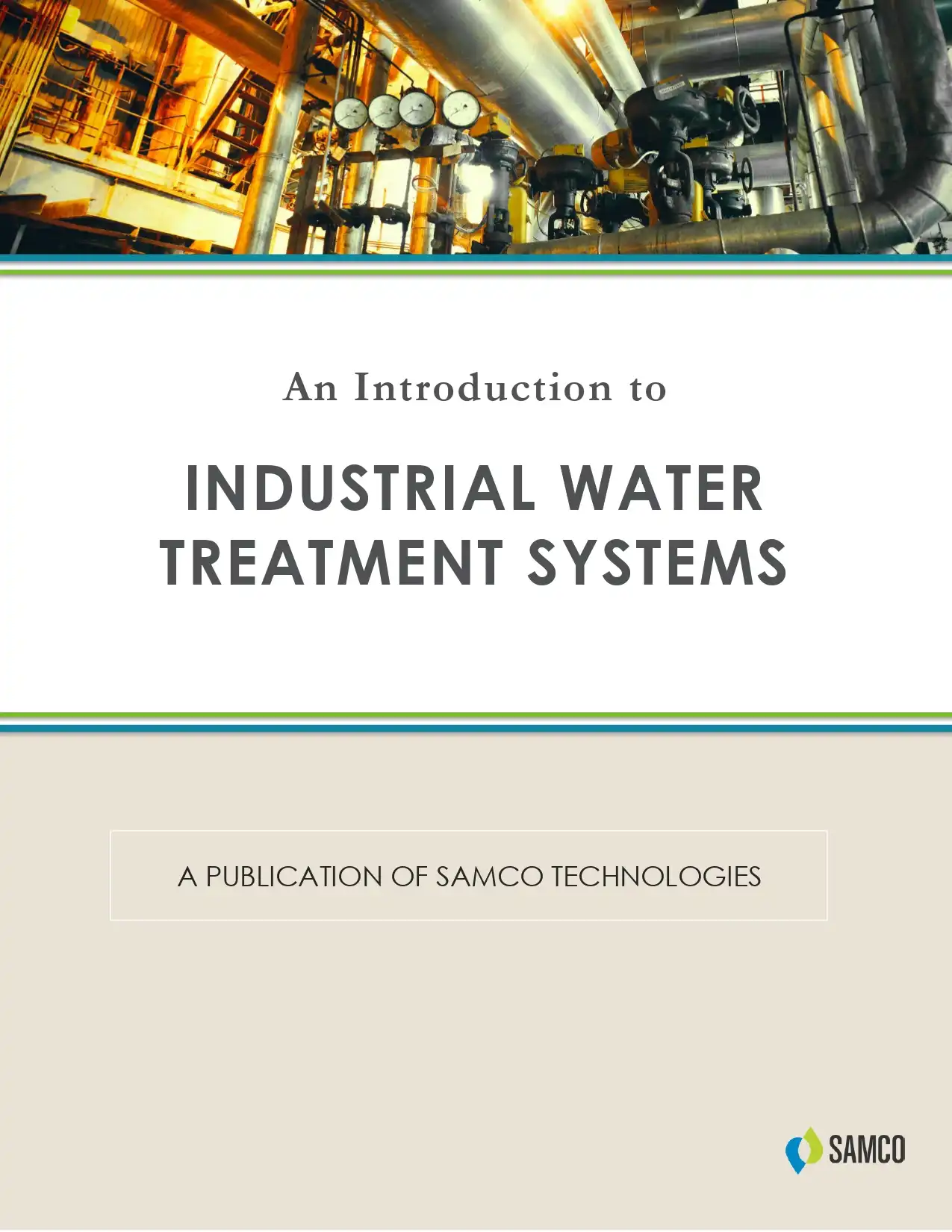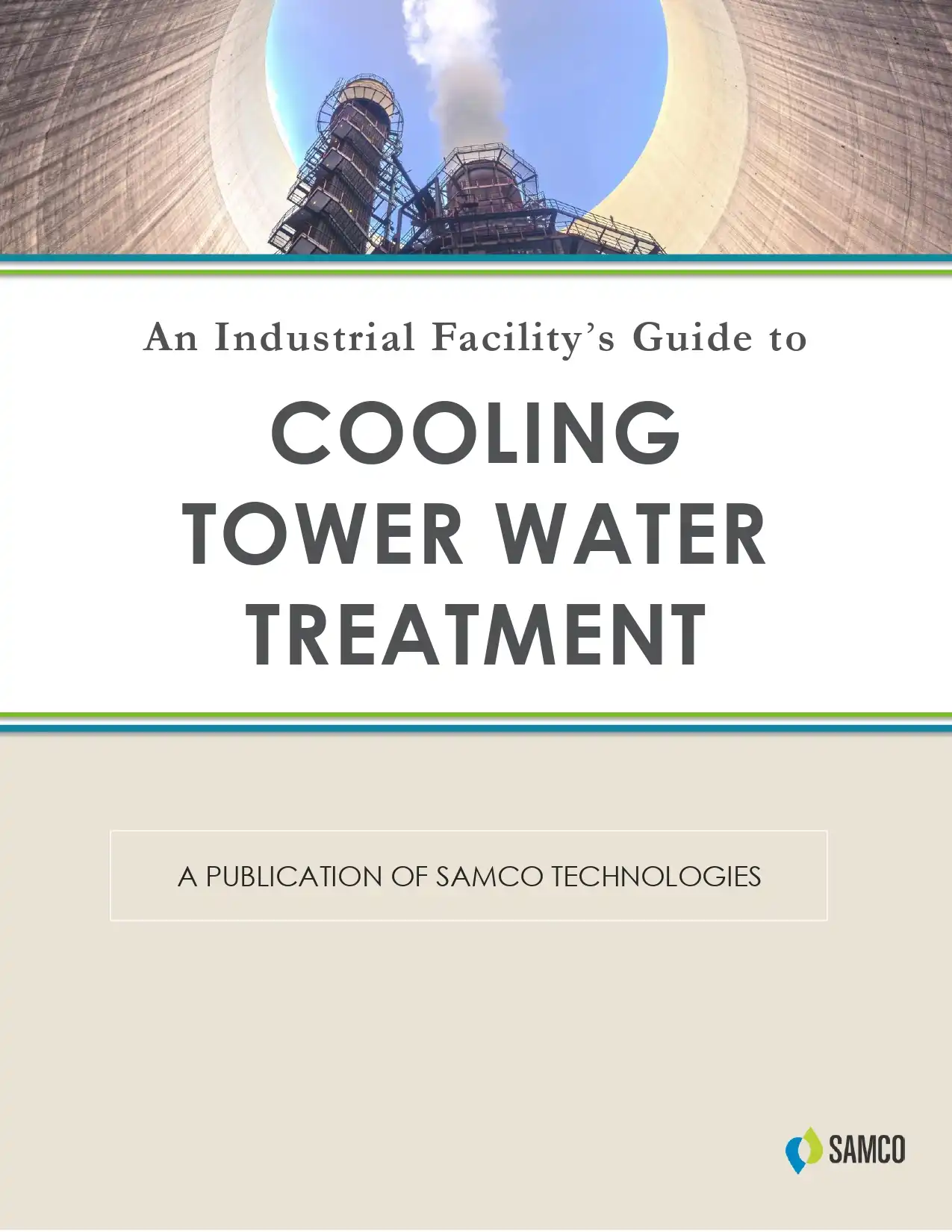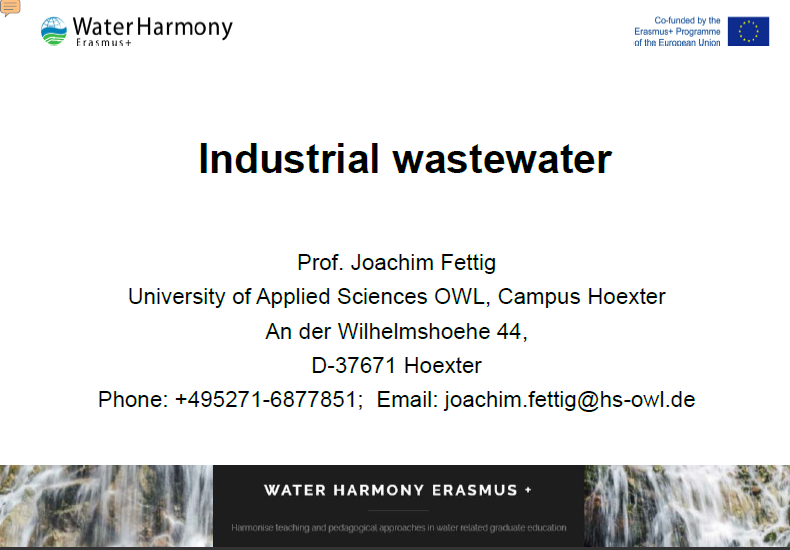Industrial Water & Wastewater
Treatment of Cooling Water
Views : 31
Source: https://www.springer.com/gp
Usually dispatched in 2 to 3 days
Usually dispatched in 2 to 3 days
Category:
Industrial Water & Wastewater
Only logged in customers who have purchased this product may leave a review.
Related books
Module 22: Industrial Pretreatment Programs Updated 2020
• Identify the historical basis for the National Pretreatment Program.
• Explain the general regulatory structure of the National Pretreatment Program.
• List three prohibited discharges under the National Pretreatment Program.
• Describe what a categorical pretreatment standard is under the National Pretreatment Program.
Module 22: Industrial Pretreatment Programs Updated 2020
• Identify the historical basis for the National Pretreatment Program.
• Explain the general regulatory structure of the National Pretreatment Program.
• List three prohibited discharges under the National Pretreatment Program.
• Describe what a categorical pretreatment standard is under the National Pretreatment Program.
Industrial Water Treatment Operation And Maintenance
INTRODUCTION TO INDUSTRIAL WATER TREATMENT
1-1 PURPOSE AND SCOPE. This UFC provides an overview of industrial water treatment operations and management. As used in this UFC, the term “industrial water” refers to the water used in military power generation, heating, air conditioning, refrigeration, cooling, processing, and all other equipment and systems that require water for operation. Industrial water is not the same as potable water. Industrial water is never consumed or used in situations that require a high degree of sanitation. Industrial water requires water preparation or chemical treatment, or both, to avoid the problems described in paragraph
1-1.2. Water preparation and chemical treatment requirements are described in Chapters 2 through 5 according to the type of system in question. The Navy has special uses for shore-to-ship steam. The Naval Sea Systems Command (NAVSEASYSCOM) shore-to-ship steam purity standards are described in Chapter 3. Examples of industrial water systems and their uses are
• Steam Boiler Systems. (See Chapter 3.) Steam uses include space and hot water heating, sterilization, humidification, indirect food processing, and power generation.
• Cooling Water Systems. (See Chapter 4.) Cooling water is used in cooling towers, evaporative coolers, evaporative condensers, and once-through systems. Applications are broad, ranging from simple refrigeration to temperature regulation of nuclear reactors.
• Closed Water Systems. (See Chapter 5.) These include closed hot water, closed chilled water, and diesel jacket systems.
Industrial Water Treatment Operation And Maintenance
INTRODUCTION TO INDUSTRIAL WATER TREATMENT
1-1 PURPOSE AND SCOPE. This UFC provides an overview of industrial water treatment operations and management. As used in this UFC, the term “industrial water” refers to the water used in military power generation, heating, air conditioning, refrigeration, cooling, processing, and all other equipment and systems that require water for operation. Industrial water is not the same as potable water. Industrial water is never consumed or used in situations that require a high degree of sanitation. Industrial water requires water preparation or chemical treatment, or both, to avoid the problems described in paragraph
1-1.2. Water preparation and chemical treatment requirements are described in Chapters 2 through 5 according to the type of system in question. The Navy has special uses for shore-to-ship steam. The Naval Sea Systems Command (NAVSEASYSCOM) shore-to-ship steam purity standards are described in Chapter 3. Examples of industrial water systems and their uses are
• Steam Boiler Systems. (See Chapter 3.) Steam uses include space and hot water heating, sterilization, humidification, indirect food processing, and power generation.
• Cooling Water Systems. (See Chapter 4.) Cooling water is used in cooling towers, evaporative coolers, evaporative condensers, and once-through systems. Applications are broad, ranging from simple refrigeration to temperature regulation of nuclear reactors.
• Closed Water Systems. (See Chapter 5.) These include closed hot water, closed chilled water, and diesel jacket systems.
An Introduction to Cooling Tower Water Treatment
TYPES OF OOLING WATER SYSTEMS. Cooling water systems remove heat generated from a variety of industrial processes. There are three basic types of cooling water systems: once-through, open recirculating, and closed recirculating cooling water systems. This publication describes once-through and open recirculating systems.
An Introduction to Cooling Tower Water Treatment
TYPES OF OOLING WATER SYSTEMS. Cooling water systems remove heat generated from a variety of industrial processes. There are three basic types of cooling water systems: once-through, open recirculating, and closed recirculating cooling water systems. This publication describes once-through and open recirculating systems.
Water Softening Treatment Plant Study City of Grand Ledge
Executive Summary
The City of Grand Ledge (City) retained Fishbeck to evaluate options for the replacement of the City’s existing iron removal treatment system. Fishbeck is evaluating three options as part of this process: the installation of a new iron removal system, the installation of a new softening system, and receiving water from the adjacent Lansing Board of Water & Light (LBWL) system. This report evaluates the second option, the installation of a new softening treatment system to replace the existing iron removal system. The City’s existing iron removal plant utilizes an AERALATER® Type II-Q Packaged Iron and Manganese Removal System by General Filter (Aeralater) for iron removal. The Aeralater is at the end of its useful life, and has significant signs of deterioration. The repair of the Aeralater system was investigated as part of a prior study completed by Fishbeck, which determined that repair of the Aeralater would be costly and would give a low return on investment. The City opted to move forward assuming that the Aeralater unit would need to be
replaced, rather than attempt to repair it.
Water Softening Treatment Plant Study City of Grand Ledge
Executive Summary
The City of Grand Ledge (City) retained Fishbeck to evaluate options for the replacement of the City’s existing iron removal treatment system. Fishbeck is evaluating three options as part of this process: the installation of a new iron removal system, the installation of a new softening system, and receiving water from the adjacent Lansing Board of Water & Light (LBWL) system. This report evaluates the second option, the installation of a new softening treatment system to replace the existing iron removal system. The City’s existing iron removal plant utilizes an AERALATER® Type II-Q Packaged Iron and Manganese Removal System by General Filter (Aeralater) for iron removal. The Aeralater is at the end of its useful life, and has significant signs of deterioration. The repair of the Aeralater system was investigated as part of a prior study completed by Fishbeck, which determined that repair of the Aeralater would be costly and would give a low return on investment. The City opted to move forward assuming that the Aeralater unit would need to be
replaced, rather than attempt to repair it.
An Industrial Facility’s Guide To Cooling Tower Water Treatment
For an industrial company using a cooling tower for its facility, some type of cooling tower water treatment system is usually necessary to ensure an efficient process and lengthy equipment service life.If cooling tower water is left untreated, organic growth, fouling, scaling, and corrosion canreduce plant productivity, cause plant downtime, and require costly equipment replacements down the road.
An Industrial Facility’s Guide To Cooling Tower Water Treatment
For an industrial company using a cooling tower for its facility, some type of cooling tower water treatment system is usually necessary to ensure an efficient process and lengthy equipment service life.If cooling tower water is left untreated, organic growth, fouling, scaling, and corrosion canreduce plant productivity, cause plant downtime, and require costly equipment replacements down the road.















Reviews
There are no reviews yet.